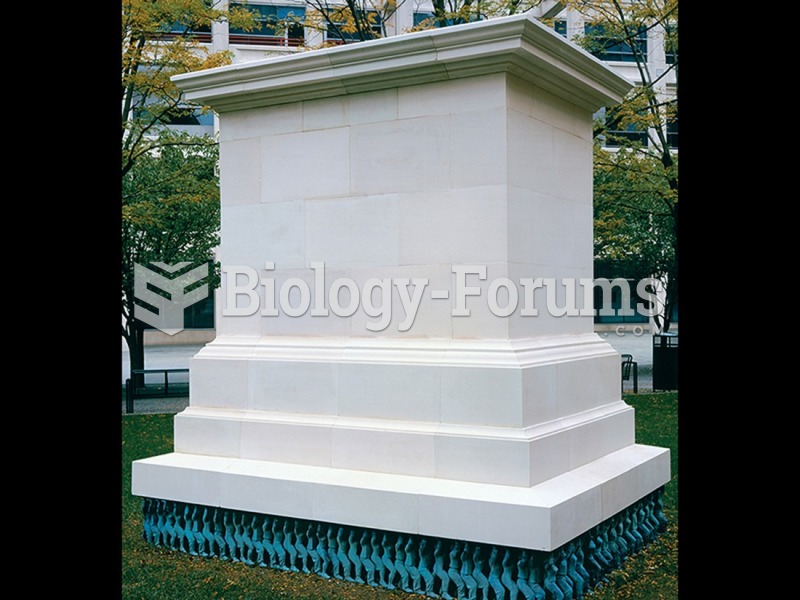Answer to Question 1
Answer: 2, 3, 5
Explanation: 2. Criteria for evaluating health policies include their adequacy in meeting the health needs of the public, safeguards for the rights of individuals, equitable allocation of resources, their capacity for implementation, and the effects of the policy on the target population. Potential issues with the policy include the individuals who smoke arguing that personal rights are being violated. Another issue would be the lack of employees available to enforce the policy. And lastly there is a potential loss of revenue if individuals who smoke no longer use the services available through the park. Having less debris to clean is an advantage to the policy. Reducing exposure to second-hand smoke is also an advantage to the policy.
3. Criteria for evaluating health policies include their adequacy in meeting the health needs of the public, safeguards for the rights of individuals, equitable allocation of resources, their capacity for implementation, and the effects of the policy on the target population. Potential issues with the policy include the individuals who smoke arguing that personal rights are being violated. Another issue would be the lack of employees available to enforce the policy. And lastly there is a potential loss of revenue if individuals who smoke no longer use the services available through the park. Having less debris to clean is an advantage to the policy. Reducing exposure to second-hand smoke is also an advantage to the policy.
5. Criteria for evaluating health policies include their adequacy in meeting the health needs of the public, safeguards for the rights of individuals, equitable allocation of resources, their capacity for implementation, and the effects of the policy on the target population. Potential issues with the policy include the individuals who smoke arguing that personal rights are being violated. Another issue would be the lack of employees available to enforce the policy. And lastly there is a potential loss of revenue if individuals who smoke no longer use the services available through the park. Having less debris to clean is an advantage to the policy. Reducing exposure to second-hand smoke is also an advantage to the policy.
Answer to Question 2
Answer: 1, 5
Explanation: 1. Effective policy analysis requires collection, interpretation, and use of data. Secondary data is information from existing data sources such as statistics about the number of accidents and the results of a survey. For a pedestrian accident issue statistics about motor vehicles and bicycles would not be appropriate. The number of schools located on busy highways would help contribute to the argument for pedestrian signs; however, children are not the only pedestrians. The number of tickets issued to jaywalkers does not support the need for pedestrian crosswalk signs other than to potentially reduce the number of jaywalking tickets issued.
5. Effective policy analysis requires collection, interpretation, and use of data. Secondary data is information from existing data sources such as statistics about the number of accidents and the results of a survey. For a pedestrian accident issue statistics about motor vehicles and bicycles would not be appropriate. The number of schools located on busy highways would help contribute to the argument for pedestrian signs; however, children are not the only pedestrians. The number of tickets issued to jaywalkers does not support the need for pedestrian crosswalk signs other than to potentially reduce the number of jaywalking tickets issued.







